Birth of Hugo Black
Hugo Lafayette Black was born on February 27, 1886, in Harlan, Alabama. He’s the fifth longest-serving US Supreme Court justice and historians state he was second only to John Marshall in his impact on the Constitution.
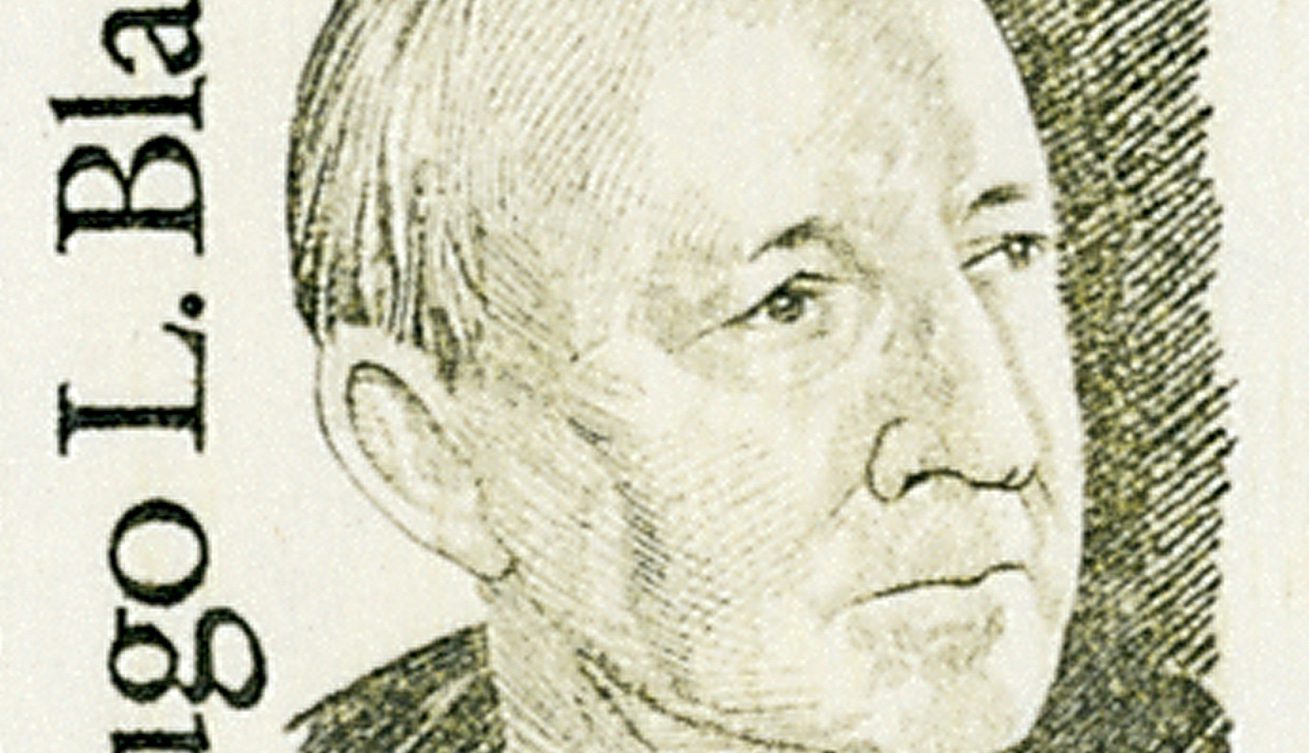
Hugo Lafayette Black was born on February 27, 1886, in Harlan, Alabama. He’s the fifth longest-serving US Supreme Court justice and historians state he was second only to John Marshall in his impact on the Constitution.
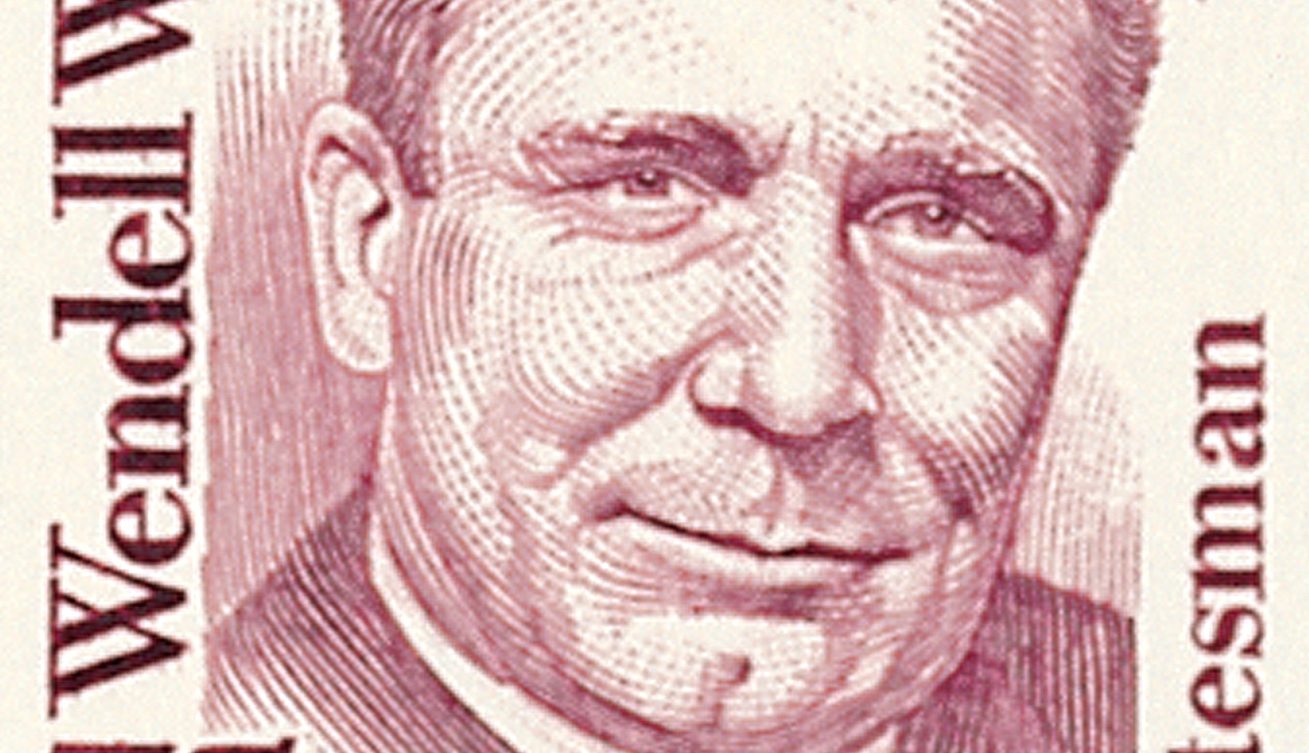
Willkie was born Lewis Wendell Willkie on February 18, 1892, in Elwood, Indiana. He switched political parties to run against Franklin Roosevelt in the 1940 presidential election, but later worked with Roosevelt to promote US interests during World War II.

On February 14, 1859, Oregon was admitted as the 33rd state in the Union.
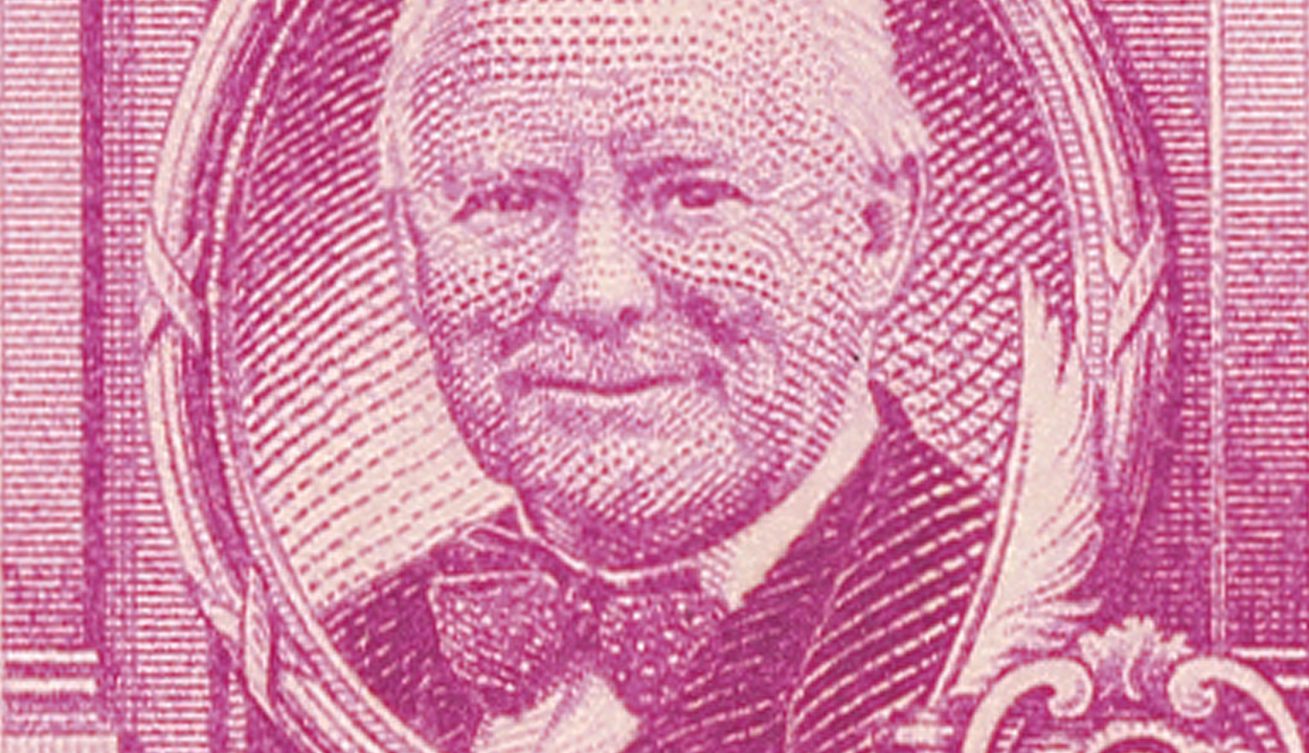
William Allen White was born on February 10, 1868, in Emporia, Kansas. A newspaper editor, politician and author, he was considered “the most loved and most distinguished member” of the Kansas press.
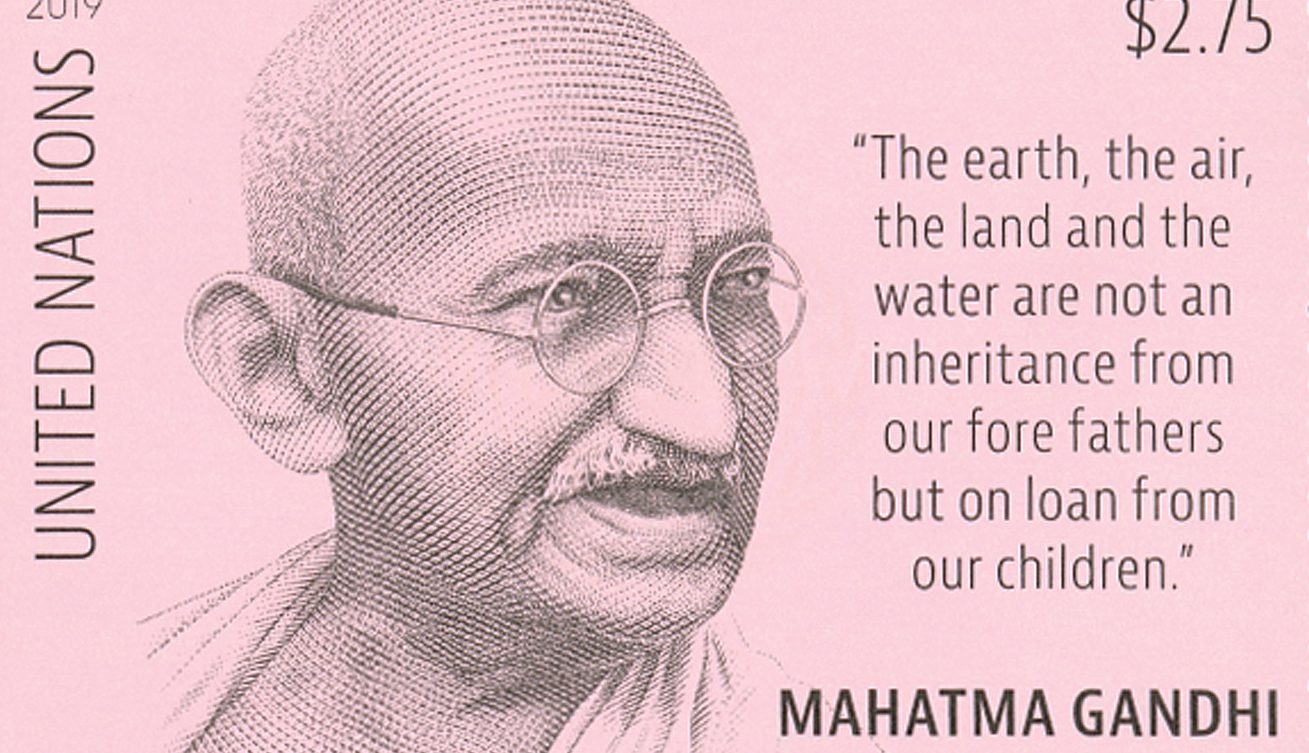
On January 30, 1948, a Hindu extremist assassinated Mahatma Gandhi. Gandhi used civil disobedience and hunger strikes to fight discrimination and push for India’s independence from Great Britain, among many other causes.
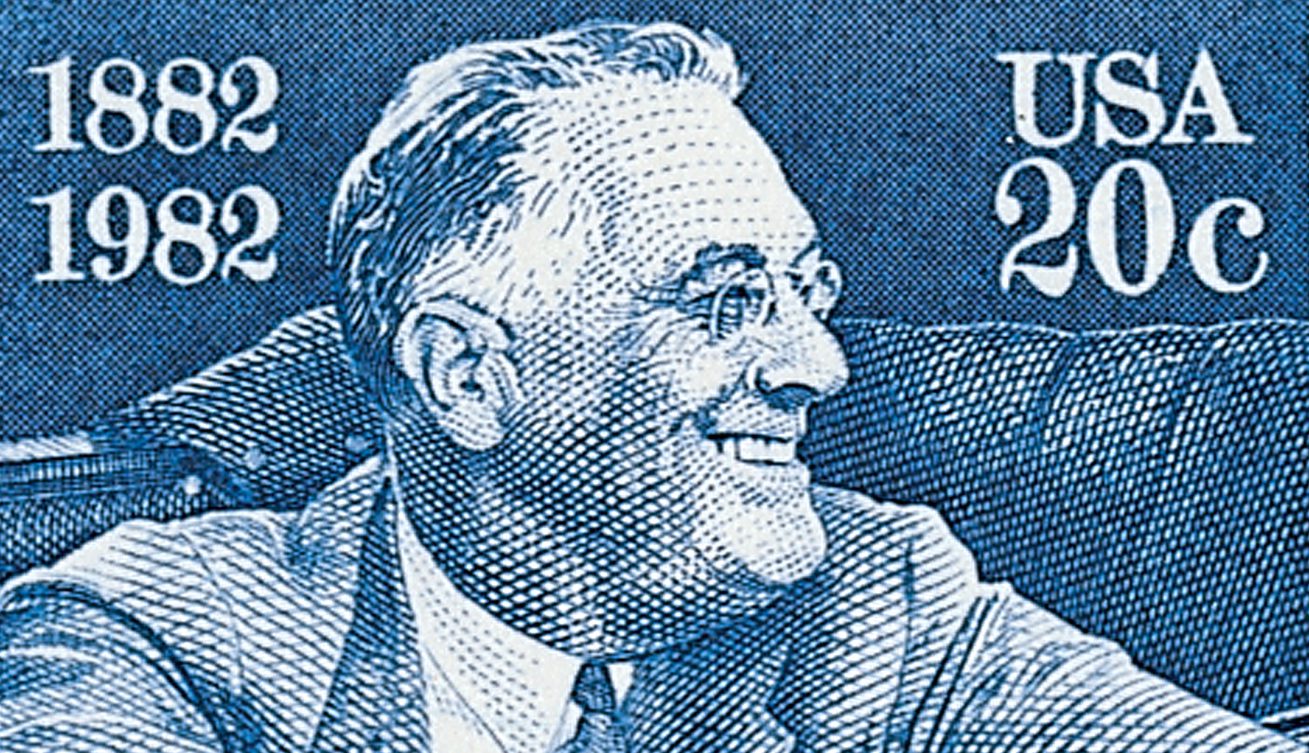
On January 20, 1937, Franklin D. Roosevelt was the first US president to be sworn in under the new rules of the 20th Amendment. Since then, every president has been sworn in on January 20.
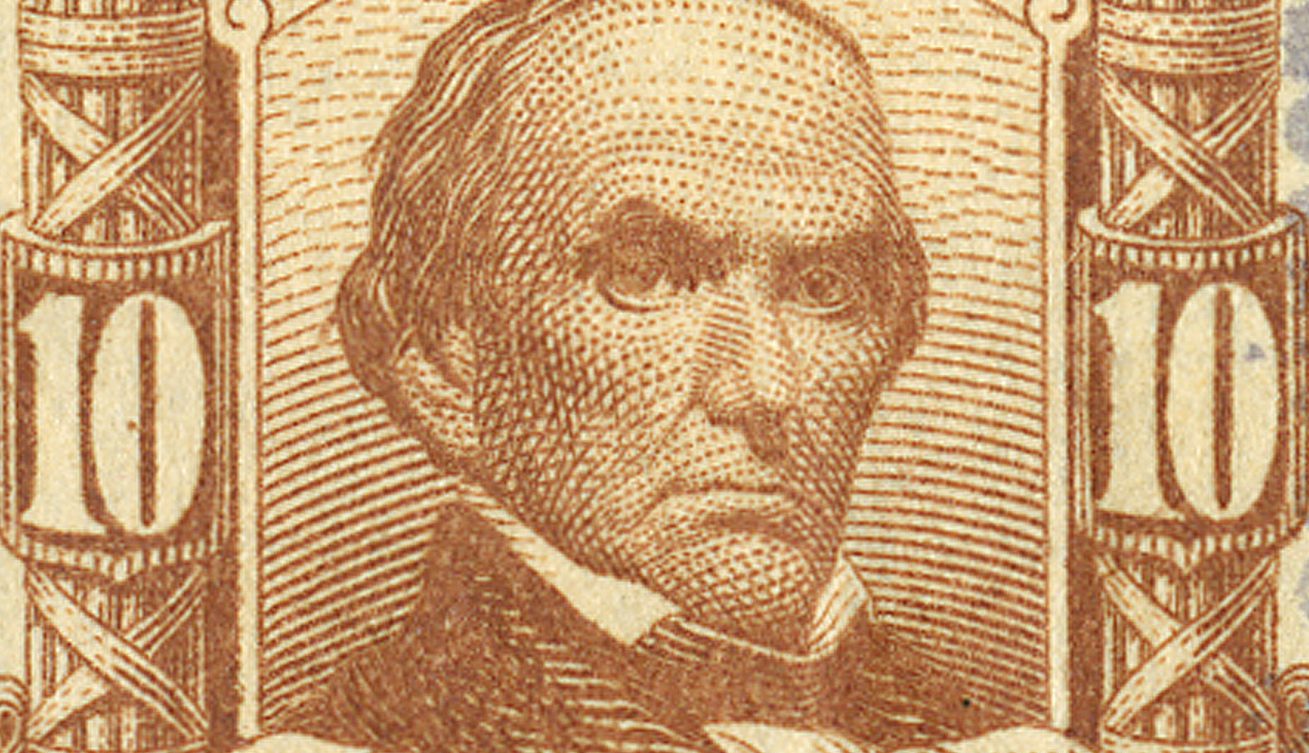
Daniel Webster was born in Salisbury (now Franklin), New Hampshire on January 18, 1782. A successful lawyer and statesman, he negotiated an important treaty with Canada and served as Secretary of State under three presidents.

Samuel Taliaferro Rayburn was born on January 6, 1882, in Kingston, Tennessee. Famous for his integrity, Rayburn served as Speaker of the House of Representatives longer than anyone else and spent 49 consecutive years in Congress.
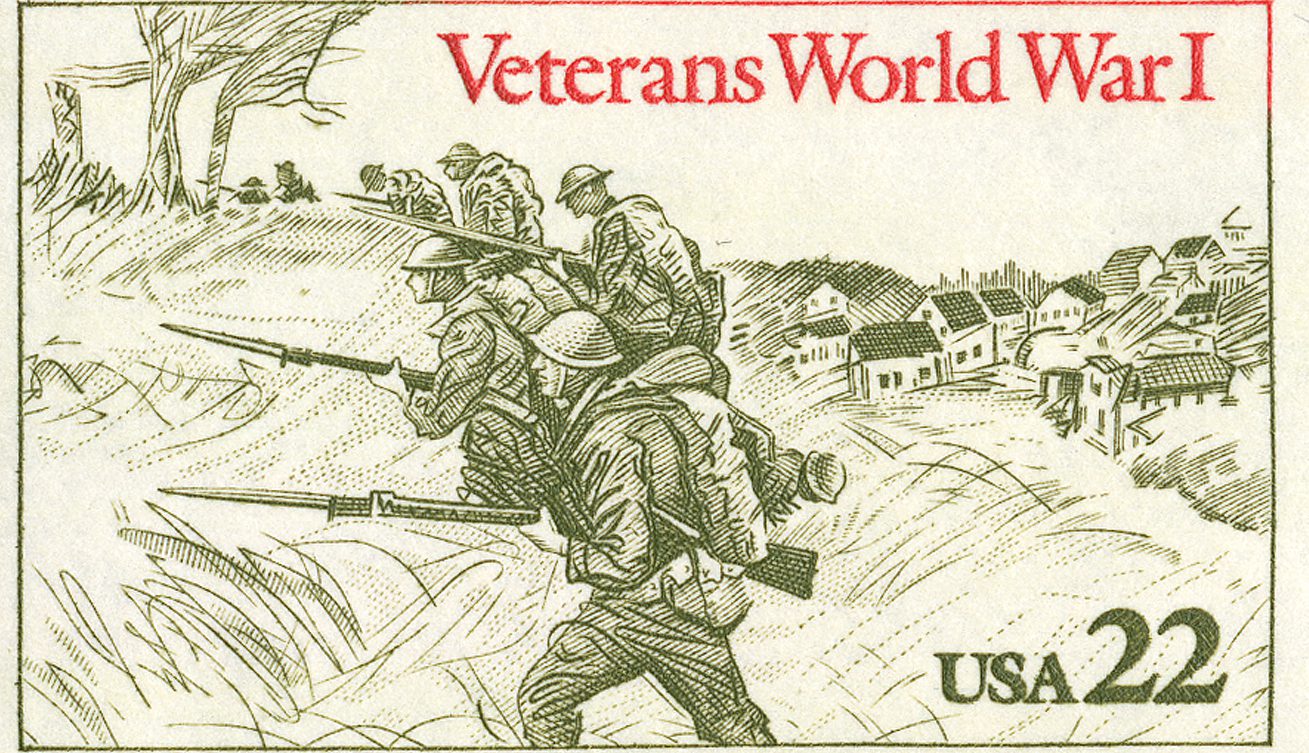
On December 4, 1918, President Woodrow Wilson boarded a boat to Paris, becoming the first siting president to travel to Europe. He spent six months in France for the World War I peace talks in Paris.